Table of Contents
- Introduction
- Why Vaporize Green Tea?
- Botanical Overview and Types of Green Tea
- Key Compounds in Vaporized Green Tea
- Ideal Vaporization Temperature
- How to Prepare Green Tea for Vaporization
- When to Vaporize Green Tea
- Vaporizing vs. Drinking Green Tea
- Draw Technique for Maximum Comfort and Flavor
- Flavor and Aroma Profile
- Safety and Contraindications
- Potential Interactions with Medications and Other Herbs
- Long-Term Use and Building a Routine
- Conclusion
- About the Author
Introduction
Green tea has been revered for centuries across Asia and the West for its remarkable combination of health-promoting properties. Typically enjoyed as a brewed beverage, green tea is known for providing gentle stimulation, antioxidant support, and cognitive clarity. But in recent years, a growing number of herbal users and vaporizer enthusiasts have begun exploring an alternative method of delivery: vaporization.
Vaporizing green tea allows for fast absorption of select phytochemicals directly through the lungs—avoiding the digestive system and preserving some of the lighter, volatile compounds that may be lost or denatured in boiling water. It’s not a common practice yet, but it’s gaining interest among those looking to fine-tune their plant-based wellness strategies or experiment with non-cannabis herbs for energy and clarity.
This expanded guide will take you deeper into the science, applications, and techniques for vaporizing green tea effectively. Whether you’re a tea lover looking for a new experience or a vaporizer user seeking novel herbs, this article will provide you with everything you need—from botanical background to safety tips and precision temperature strategies.
Why Vaporize Green Tea?
Vaporizing is fundamentally different from drinking tea. In a brewed cup, water acts as the solvent—drawing out a specific subset of water-soluble compounds, such as tannins, catechins, and caffeine. But other constituents, including aromatic terpenes and some lighter alkaloids, are either destroyed by high water temperature or only present in trace amounts in the final liquid. Vaporizing uses moderate dry heat instead, which can release a unique profile of compounds into an inhalable vapor without burning the plant material.
Benefits of vaporizing green tea:
- Faster onset: Effects can be felt in seconds to minutes via pulmonary absorption
- Lower systemic load: No need for digestion or filtration through the liver
- Preservation of volatile compounds: Terpenes and lighter molecules remain intact
- No calories or liquid intake: Useful for individuals on fasting protocols or fluid-restricted diets
This method won’t replace traditional tea ceremonies or high-quality matcha preparation—but it offers a complementary way to access the uplifting and brain-supporting elements of the plant, especially when a brewed cup is not convenient or immediate cognitive support is desired.
Botanical Overview and Types of Green Tea
Green tea refers to unoxidized leaves from the Camellia sinensis plant. Unlike black tea (fully oxidized) or oolong (semi-oxidized), green tea is typically heat-treated shortly after harvesting to halt enzymatic browning. This preserves the color, catechins, and signature bitter-grassy flavor profile.
There are many varieties of green tea available, each with unique chemical compositions based on growing region, leaf maturity, and processing method. Not all are equally suited for vaporization.
Recommended for vaporization:
- Sencha: Japanese steamed green tea; clean flavor, moderate caffeine
- Gyokuro: Shade-grown, high-theanine, smooth vapor profile
- Dragon Well (Longjing): Chinese pan-fired variety; toasty and nutty
Not recommended:
- Matcha: Powdered green tea; too fine and can clog vaporizer screens
- Flavored or blended teas: May contain added oils, sugars, or unknown components
For vaporization purposes, choose pure, organic loose-leaf green tea with no additives. Avoid tea bags unless you know the contents and material safety.
Key Compounds in Vaporized Green Tea
Vaporizing green tea targets a select group of compounds that contribute to its mild stimulation, mood enhancement, and antioxidant activity. While some of the water-soluble polyphenols like EGCG do not fully transfer into vapor, several other constituents become bioavailable at moderate dry heat levels.
Notable compounds released during vaporization:
- Caffeine: A well-known stimulant that enhances alertness, short-term memory, and physical performance. Green tea contains less caffeine than coffee but enough to produce noticeable effects—especially when vaporized.
- L-theanine: An amino acid unique to green tea, L-theanine supports relaxed focus, enhances alpha brainwave activity, and reduces the overstimulation typically associated with caffeine. Its synergy with caffeine is one of green tea’s most valuable traits.
- Linalool and geraniol: These floral terpenes contribute to green tea’s aroma and may support mood balance and stress reduction. Present in small quantities and best accessed through gentle heating.
- Theobromine: A mild stimulant and vasodilator, similar to caffeine but less intense. Often found in trace amounts in green tea.
The combined effect of these compounds is often described as "clean stimulation"—mental clarity with emotional smoothness, which makes green tea ideal for sustained focus, creativity, or studying.
Ideal Vaporization Temperature
Getting the temperature right is essential. Too low, and you won’t release enough active compounds. Too high, and the flavor will turn bitter while delicate components degrade or burn. Based on both lab data and user reports, the sweet spot for vaporizing green tea lies in a narrow mid-range window.
| Temperature (°C) | Primary Effects |
|---|---|
| 140–150°C | Very mild stimulation, subtle aroma, suitable for sensitive users |
| 150–165°C | Optimal range: L-theanine + caffeine balance, clean flavor, soft mental uplift |
| 165–175°C | Stronger stimulation, risk of bitterness increases slightly |
We suggest starting at 150°C and increasing by 5°C increments to dial in your ideal effect. If you notice sharpness in the throat or rapid onset of effects, reduce your heat by 5–10°C and inhale more slowly.
How to Prepare Green Tea for Vaporization
The quality and form of your green tea will significantly influence your experience. Because the vapor pathway is sensitive to particle size and moisture content, proper preparation ensures smooth inhalation and efficient compound release.
Step-by-step preparation:
- Select high-quality loose-leaf green tea. Organic is strongly recommended to avoid pesticide residue.
- Grind coarsely if the leaves are whole and large. Avoid using powder.
- Ensure full dryness. Leaves should be dry to the touch. Slight re-drying may be needed if stored in a humid space.
- Pack loosely into the vaporizer bowl to allow airflow and even heat distribution.
Suggested dosage:
- Beginners: 0.05–0.1 g per session
- Intermediate users: up to 0.15 g
Store your green tea in a cool, dry, airtight container away from sunlight. A glass jar with a humidity pack is ideal. Vaporizing stale or oxidized tea will often result in flat flavor and reduced effects.
When to Vaporize Green Tea
Choosing the right time of day to vaporize green tea can enhance its benefits and avoid unwanted side effects. Unlike sedative herbs like chamomile or valerian, green tea is best suited to moments of mental engagement, daylight hours, or situations requiring calm concentration.
Best times to use:
- Morning: A smooth alternative to coffee—ideal if you want alertness without edginess.
- Before work or creative tasks: Green tea vapor can promote mental flow and focus without the crash.
- Mid-afternoon: Helpful for lifting early fatigue or cognitive dullness.
Evening use is not recommended for most people, as the caffeine may affect sleep onset or quality. However, some users who tolerate caffeine well report subtle relaxation from the L-theanine even late in the day.
Vaporizing vs. Drinking Green Tea
While both methods deliver valuable benefits, vaporizing and drinking green tea produce different effects due to their routes of absorption and chemical profiles.
| Aspect | Drinking | Vaporizing |
|---|---|---|
| Onset Time | 20–40 minutes (digestion-dependent) | 30 seconds to 2 minutes |
| Duration of Effect | 2–4 hours | 30–60 minutes |
| Caffeine Impact | Gradual and longer-lasting | Sharper, quicker onset |
| Digestive Load | Moderate (requires processing) | None (inhaled via lungs) |
If you want a more sustained, digestive-friendly experience, a traditional cup is best. If you’re looking for immediate clarity, breath-anchored focus, or a new sensory profile, vaporization may surprise you.
Draw Technique for Maximum Comfort and Flavor
Green tea vapor is delicate and light. Inhaling too forcefully may result in flavor loss or throat dryness. The best results come from a slow, relaxed draw followed by a short pause for absorption.
Recommended technique:
- Inhale for 5–7 seconds gently and steadily
- Pause for 1–2 seconds after inhalation
- Exhale slowly through nose or mouth
- Wait 30–60 seconds between draws
Keep a glass of water nearby if you’re sensitive to dry vapor. You may also blend with moist herbs like lemon balm for a smoother experience. (Learn more about this option in our article on vaporizing lemon balm.)
Flavor and Aroma Profile
The vapor from green tea is notably different from its liquid counterpart. It’s more aromatic, with sharper vegetal notes and a hint of floral sweetness when heated gently. Poor-quality tea or excessive heat may produce bitterness or hay-like dryness.
Flavor notes to expect:
- Grassy, fresh-cut aroma
- Hint of floral spice (especially in gyokuro or sencha)
- Light sweetness with a smooth finish at 150–160°C
- Sharp or bitter edges above 170°C
As a bonus, vaporized green tea won’t stain your teeth or leave lingering aftertaste like brewed tea sometimes does—making it surprisingly refreshing as a mid-task mental reset.
Safety and Contraindications
Green tea is generally regarded as a safe herb when consumed in moderate quantities. However, vaporizing introduces unique considerations because it bypasses the digestive process and delivers active compounds more rapidly into the bloodstream. This makes awareness of dose, sensitivity, and underlying conditions more important than when drinking tea.
Use caution or avoid if you:
- Have diagnosed caffeine sensitivity or experience jitteriness from small doses
- Are currently taking medications for blood pressure, anxiety, or thyroid conditions
- Are pregnant or breastfeeding (green tea affects nutrient absorption and contains stimulants)
- Experience frequent insomnia or difficulty falling asleep
Always start with very small amounts, especially if you’re new to herbal vaporization. If you notice palpitations, restlessness, or dry mouth, reduce the temperature or stop the session. Staying hydrated and avoiding use close to bedtime are also key safety practices.
Potential Interactions with Medications and Other Herbs
Because vaporizing delivers certain compounds more efficiently than drinking, interaction risks may be heightened—particularly for individuals on medication. Caffeine can amplify stimulant or cardiovascular drugs, while theanine may interact with GABA-modulating medications.
Consult your doctor if you:
- Take medications for heart rate, blood pressure, or arrhythmia
- Use benzodiazepines, SSRIs, or anti-anxiety treatments
- Are currently undergoing treatment for thyroid disorders
In terms of herb-to-herb interactions, green tea vapor can intensify the effects of other stimulants like yerba mate or guayusa. It’s better suited for pairing with calming herbs that provide contrast and balance.
Long-Term Use and Building a Routine
Green tea is well-tolerated over time if used with intention. Unlike nicotine or cannabis, it does not carry addiction potential. However, daily use should still be moderated to avoid cumulative caffeine impact, especially in users who also drink tea or coffee.
Tips for sustainable long-term use:
- Use no more than 1–2 times per day
- Take at least 2 caffeine-free days per week
- Cycle with non-stimulating herbs such as lemon balm or blue lotus
- Stay hydrated and rest when your body signals overstimulation
If you notice diminishing returns, headaches, or mood crashes, scale back your sessions and reassess your overall caffeine intake.
Conclusion
Vaporizing green tea is an underexplored but promising way to engage with one of the world’s most respected botanicals. While a traditional cup offers calm alertness through gradual digestion, vaporization opens up a faster, lighter, and more aromatic experience—ideal for focus, breath awareness, or midday clarity without overloading the body.
By controlling your temperature, using high-quality leaf, and being mindful of caffeine sensitivity, you can enjoy the distinct synergy of L-theanine and caffeine in a new form. Whether you’re looking to replace coffee, reduce tea consumption, or simply try something new, green tea vapor offers a refined, intentional way to explore stimulation without sacrifice.
If you're seeking a vaporizer that allows this level of subtlety and control, try the Vapman for precision manual use or the Lotus for smooth convection performance with fast heat-up and clean airflow.
About the Author

Michael, Founder & CEO of INHALE Vaporizers
Driven by a passion for clean, mindful vaporization, Michael leads INHALE in crafting elegant and sustainable tools like the Vapman and Lotus. With a deep focus on function, botanical clarity, and safe plant engagement, INHALE helps people reconnect with the power of herbs—one breath at a time.
📩 support@nowinhale.com | Contact us





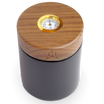



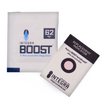


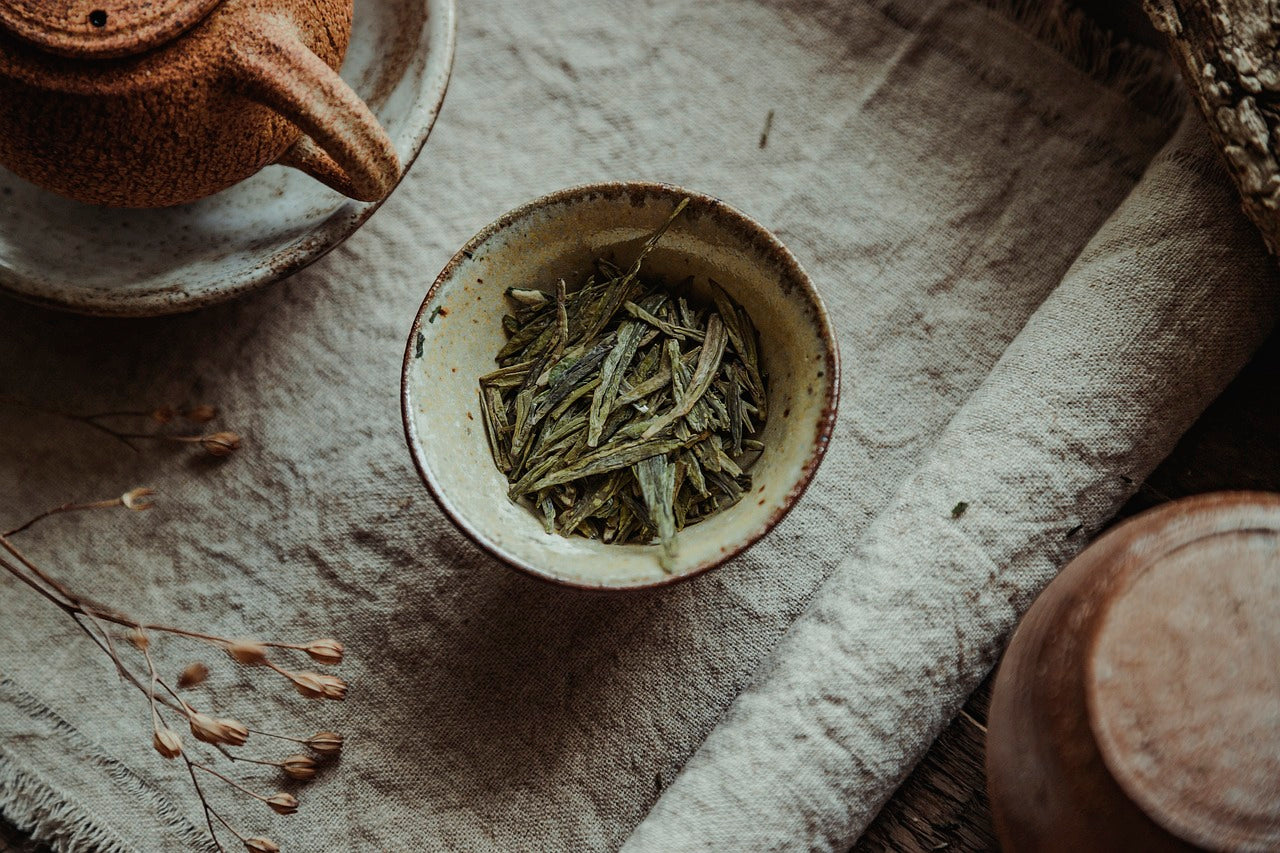
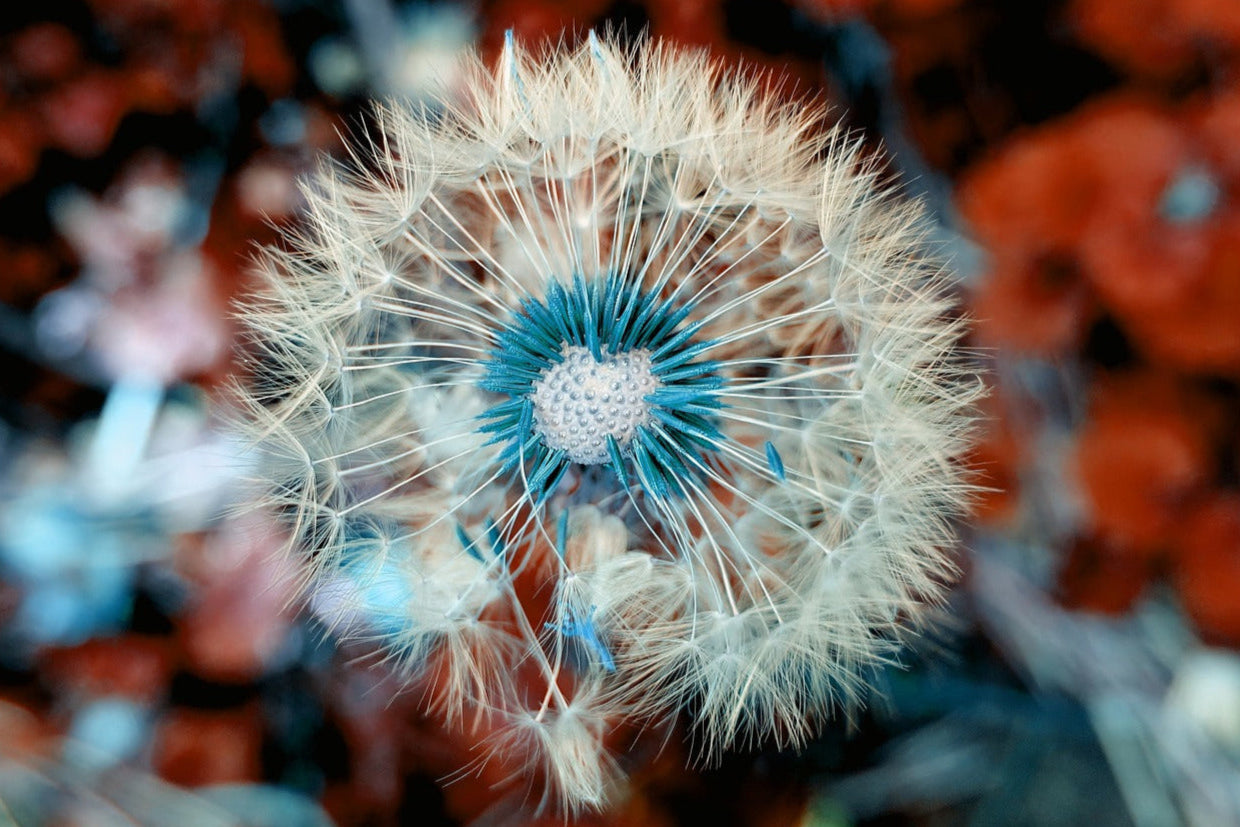
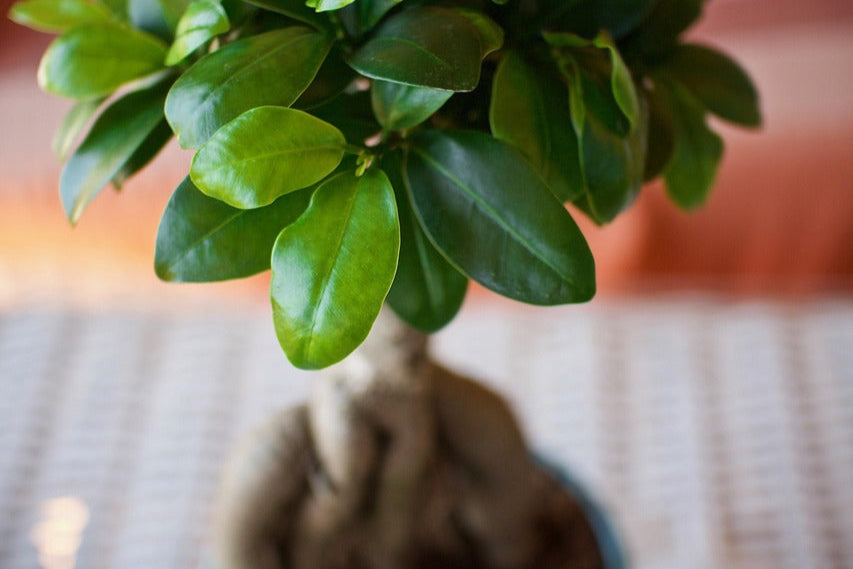


Leave a comment
All comments are moderated before being published.
This site is protected by hCaptcha and the hCaptcha Privacy Policy and Terms of Service apply.